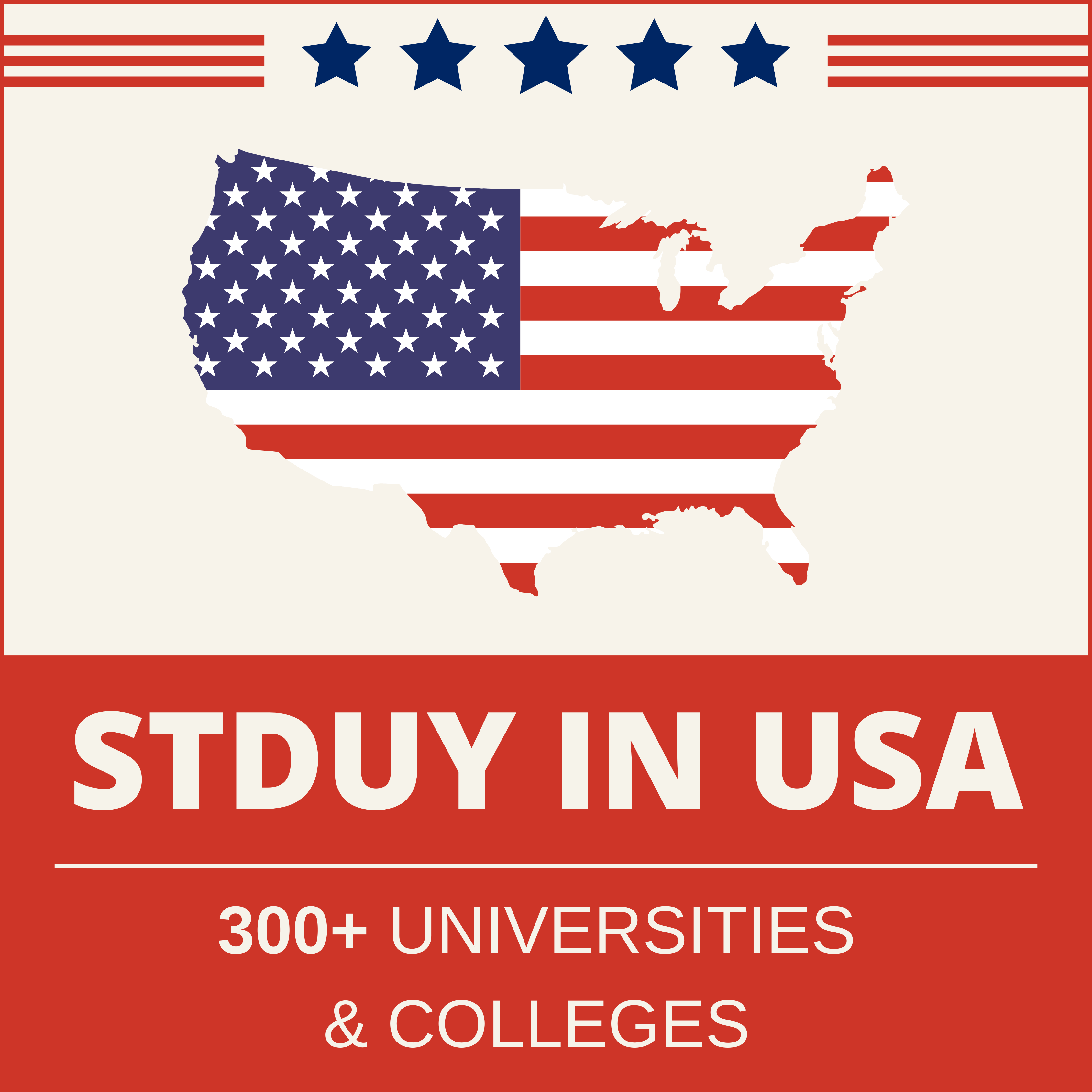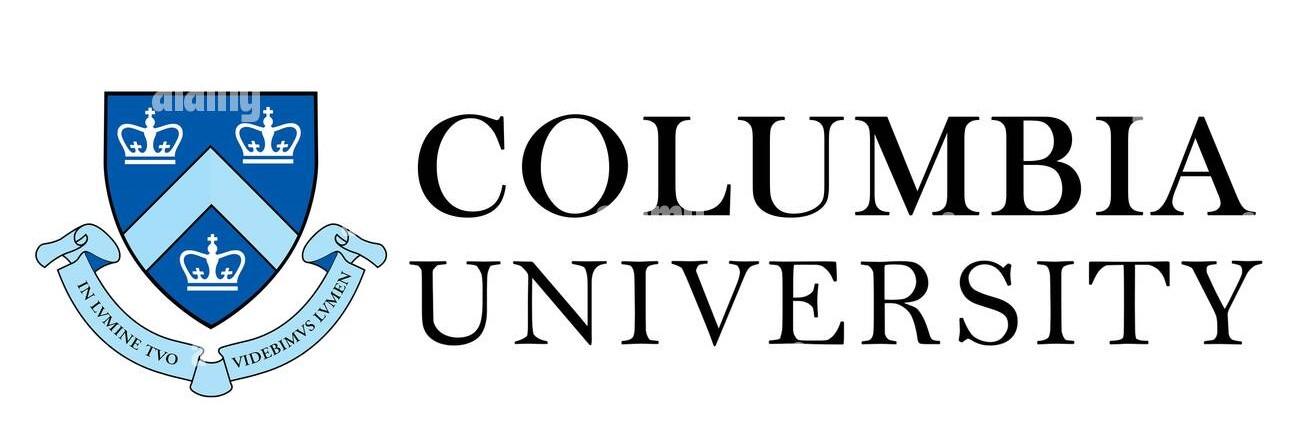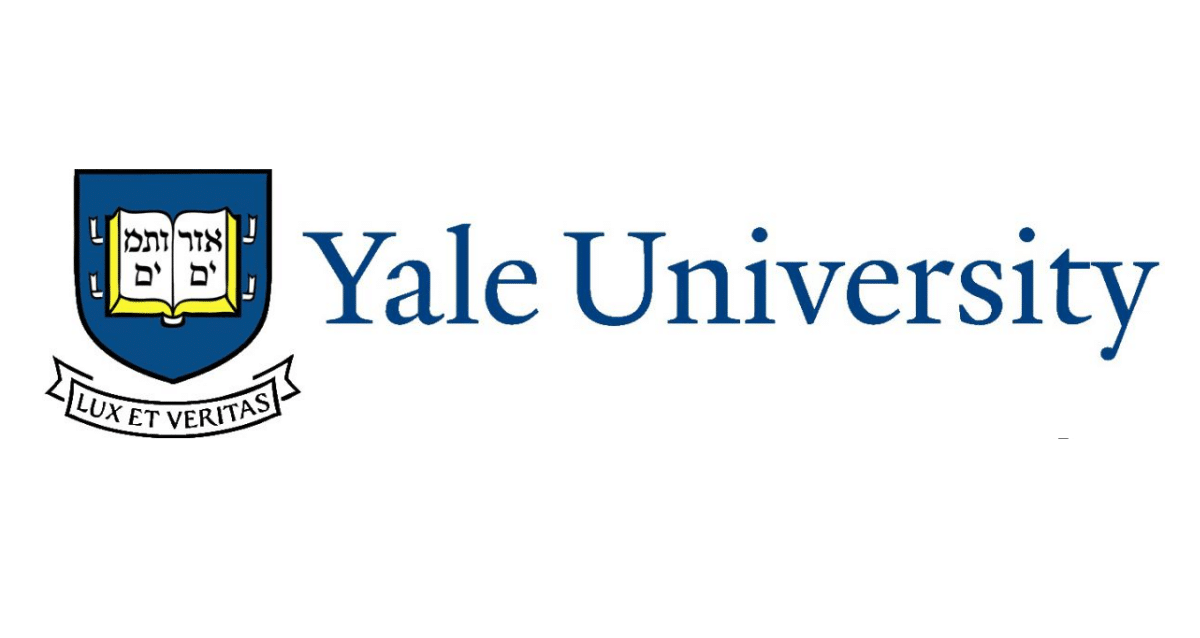
Studying in the USA is a dream for many Indian students seeking high-quality education, diverse cultures, and excellent career opportunities. With world-renowned universities, cutting-edge technology, and a rich academic environment, the USA offers Indian students a chance to excel in fields like engineering, business, medicine, computer science, and the arts. The US education system focuses on practical learning, research, and innovation, providing students with the skills needed to succeed globally. Indian students studying in the USA also enjoy access to vibrant student life, internship opportunities, and a wide range of scholarships. With opportunities to network internationally, studying in the USA enhances employability and opens doors to exciting career prospects. Choose the USA for your higher education journey and experience top-notch education and professional growth.
Why Study in the USA?
- World-Class Education:
The USA is home to many prestigious universities consistently ranked among the best globally.
- Diverse Academic Options:
Offers a wide range of programs and majors, allowing students to explore and specialize in their interests.
- Global Recognition:
A degree from a U.S. institution is highly regarded by employers and academic institutions worldwide.
- Cultural Diversity:
Experience a multicultural environment with students from all over the globe, enhancing your cultural and global perspective.
- Flexibility in Education:
U.S. universities offer flexible course structures, allowing you to switch majors or take interdisciplinary courses.
- Scholarships and Financial Aid:
Numerous scholarships, assistantships, and funding opportunities are available for international students.
- STEM OPT Extension:
Students in STEM (Science, Technology, Engineering, Mathematics) fields benefit from extended work opportunities through the OPT program.
- Global Networking:
Build a strong international network with peers, professors, and professionals, benefiting your career long-term.
Top Universities in the USA:
Ambition Overseas is connected with many other universities which offers top-notch education, resources, and career prospects for students worldwide! 🎓✨
Popular Education Fields for Study in the USA
- Engineering
Specializations include civil, mechanical, electrical, computer, and aerospace engineering. - Business and Management
Programs like MBA, marketing, finance, and entrepreneurship are highly sought after. - Computer Science and IT
Focus on artificial intelligence, data science, cybersecurity, and software development. - Healthcare and Medicine
Includes nursing, public health, biotechnology, and medical research programs. - Law
Prestigious law schools offer degrees in international law, corporate law, and more. - Sciences
Areas like physics, chemistry, biology, and environmental sciences are popular among researchers. - Social Sciences
Programs in psychology, sociology, political science, and anthropology are in demand. - Education
Specializations in teaching, curriculum development, and educational leadership. - Arts and Design
Includes graphic design, fashion design, fine arts, and performing arts. - Hospitality and Tourism Management
Focus on hotel management, event planning, and tourism. - Architecture and Urban Planning
Renowned programs for sustainable design and city planning. - Media and Communication
Includes journalism, digital media, and public relations. - Mathematics and Statistics
Popular for careers in analytics, finance, and academia. - Environmental Studies
Programs focus on sustainability, renewable energy, and conservation. - Aviation and Aeronautics
Specializations in pilot training, aerospace engineering, and air traffic management.
The USA offers unmatched resources and opportunities in these fields to support diverse career aspirations! 🌟🎓
Popular States for Study in the USA
- California
Known for top universities like Stanford, UC Berkeley, UCLA, and USC. California offers diverse study options in technology, business, and the arts, along with a vibrant cultural scene. - New York
Home to prestigious universities such as Columbia University, NYU, and Cornell University. New York offers a dynamic environment for business, media, arts, and social sciences. - Massachusetts
Famous for its world-class institutions like Harvard University and MIT. Massachusetts is a top destination for students in technology, engineering, business, and healthcare. - Texas
Home to institutions like the University of Texas and Rice University. Texas offers excellent programs in engineering, business, and computer science, with a growing tech scene in cities like Austin. - Illinois
Known for the University of Chicago and Northwestern University, Illinois is a top destination for business, law, and social sciences students. Chicago also offers numerous career opportunities. - Florida
Home to universities like the University of Miami and Florida State University. Florida is popular for programs in hospitality, business, and health sciences, plus its warm weather and diverse culture. - Pennsylvania
Known for institutions like the University of Pennsylvania (UPenn) and Carnegie Mellon University. Pennsylvania is a top choice for business, engineering, and arts students. - Georgia
Offers great universities like Emory University and Georgia Tech. Georgia is a growing destination for tech, business, and healthcare students. - North Carolina
Home to schools like Duke University and the University of North Carolina. North Carolina is popular for programs in healthcare, business, and technology. - Washington
Known for the University of Washington, this state is a top choice for tech, engineering, and environmental studies, especially with Seattle’s booming tech industry.
These states offer excellent universities, diverse programs, and a variety of opportunities for international students. 🌎🎓
Scholarships and Financial Support for International Students by U.S. Universities:
- Merit-Based Scholarships – Awards for academic excellence or outstanding talents.
- International Student Scholarships – Specific scholarships designed for students from abroad.
- Tuition Waivers – Partial coverage of tuition costs for eligible students.
- Graduate Assistantships – Research or teaching roles that provide stipends and/or tuition reduction.
- On-Campus Jobs – Part-time work options to help cover living expenses.
These options may help U.S. education more affordable for international students! 🎓💸
Post-Study Opportunities in the USA
Optional Practical Training (OPT)
-
- Available for F-1 visa holders, OPT allows students to work in the U.S. for up to 12 months after graduation in a field related to their degree.
- STEM graduates (Science, Technology, Engineering, and Math) can extend OPT for an additional 24 months.
Curricular Practical Training (CPT)
-
- CPT allows international students to work in internships or co-op programs during their studies, which may continue after graduation if related to the degree.
H-1B Visa (Work Visa)
-
- After completing OPT, students may apply for the H-1B visa, which allows employers to sponsor international graduates for a work visa in specialized fields.
- The H-1B visa typically lasts 3 years and is renewable.
Networking and Job Opportunities
-
- Many U.S. universities offer career services, including job fairs, alumni networks, and networking events to help students connect with potential employers.
Post-Graduation Work Authorization for STEM Fields
-
- STEM graduates can access longer work opportunities through programs like the STEM OPT extension, allowing them to gain more U.S. work experience after their studies.
These post-study opportunities allow international students to gain valuable work experience, further their education, and explore career options in the U.S. 🌎💼🎓
Our Happy Students
Abhishek Patel
Canada StudentAmbition Overseas were a great help for Canada study process. There guidelines were proper for my college selection to documentation for Visa. My heartily thanks to Ambition Overseas for all of their efforts to fulfill my dreams to study abroad.
Meet Khatri
Australia StudentHello Friends, My name is Meet Khatri. I have taken support of Ambition Overseas for my Masters Degree in Australia. I am very grateful to Ambition Overseas staff for helping me with application, documentation and with successful Visa process. I have cleared my Visa within 48 hours. Thank you so much everyone as Ambition Overseas.
Pooja Sahani
Canada StudentAmbition Overseas is the right place if you are planning for study abroad. My admission process was smooth and further it ended perfectly with all the process which was needed. The support and friendly atmosphere by Ambition Overseas fulfilled my dreams.
Latest Posts
Great Opportunity for 10th Pass Student – Study Level 3 Diploma in INDIA & Bachelor’s degree in UK: OTHM Qualification
In today’s competitive job market, attaining higher educational qualifications has become vital for…
Top 7 cities in UK for international students
Below are the best UK cities for international students with their QS Ranking…
Study in Mauritius for 10th and 12th students with 3 years work permit
Mauritius is a little, lovely island nation in Eastern Africa that is encircled…








